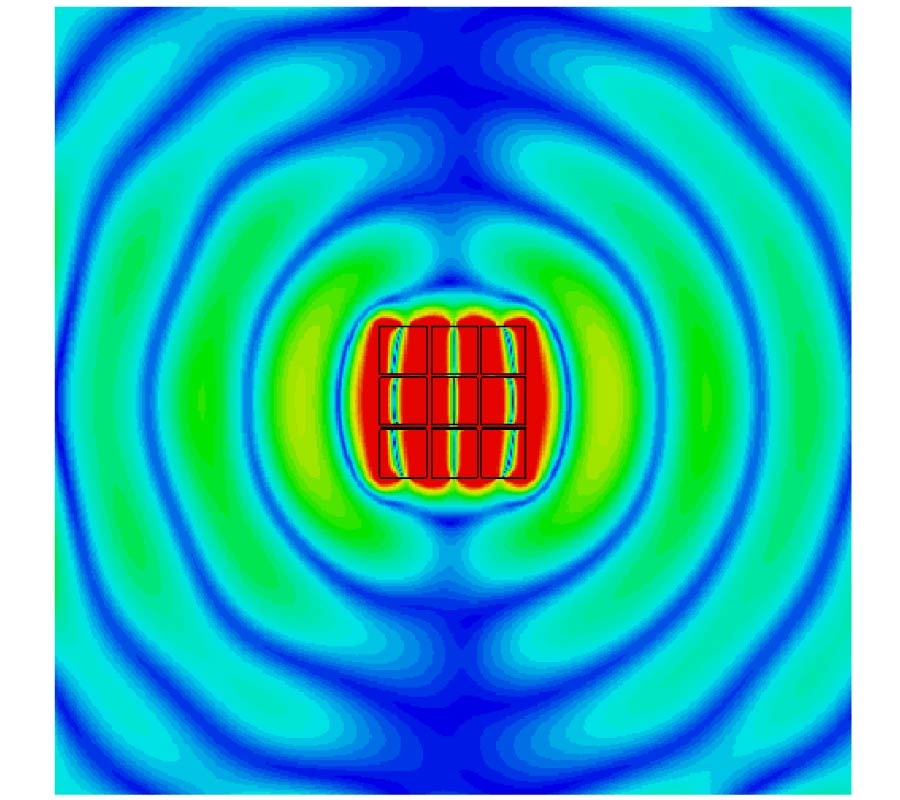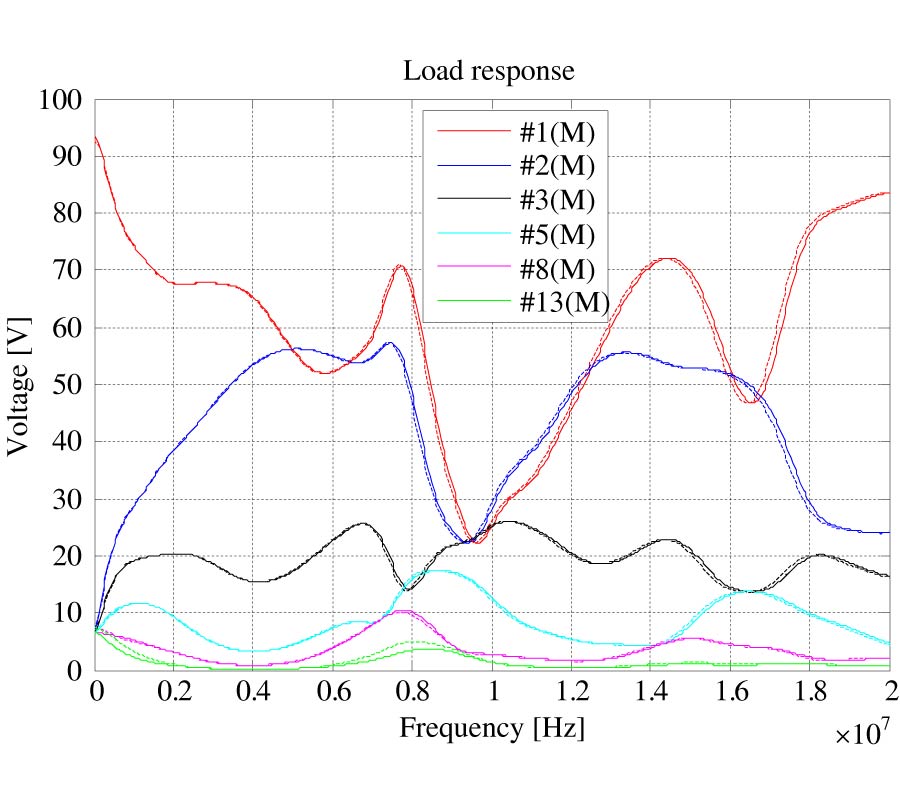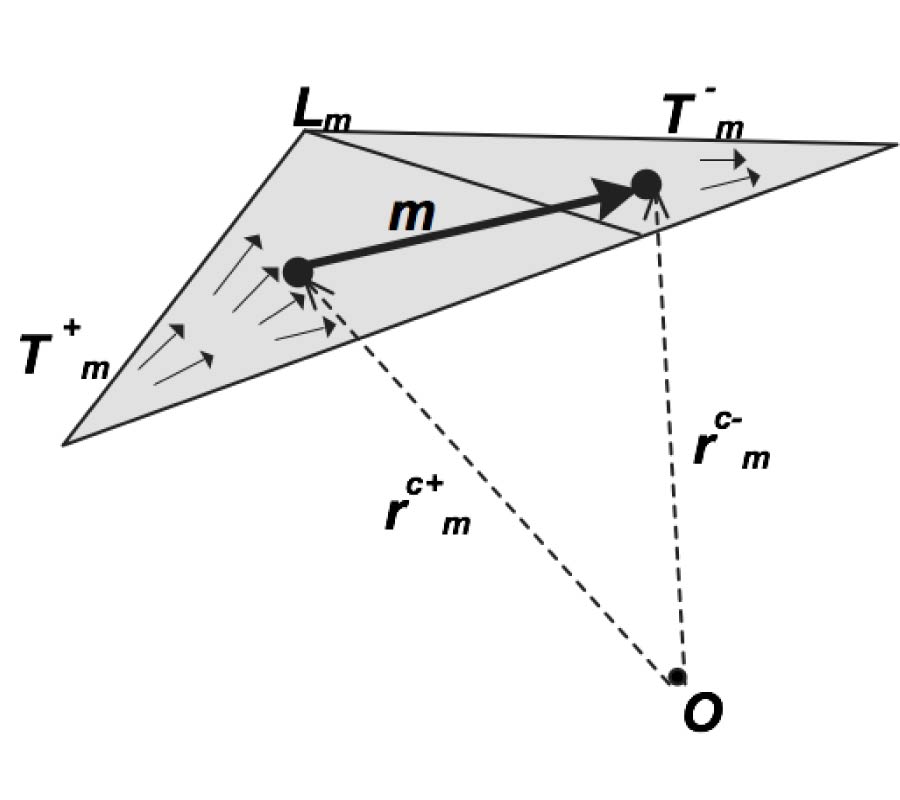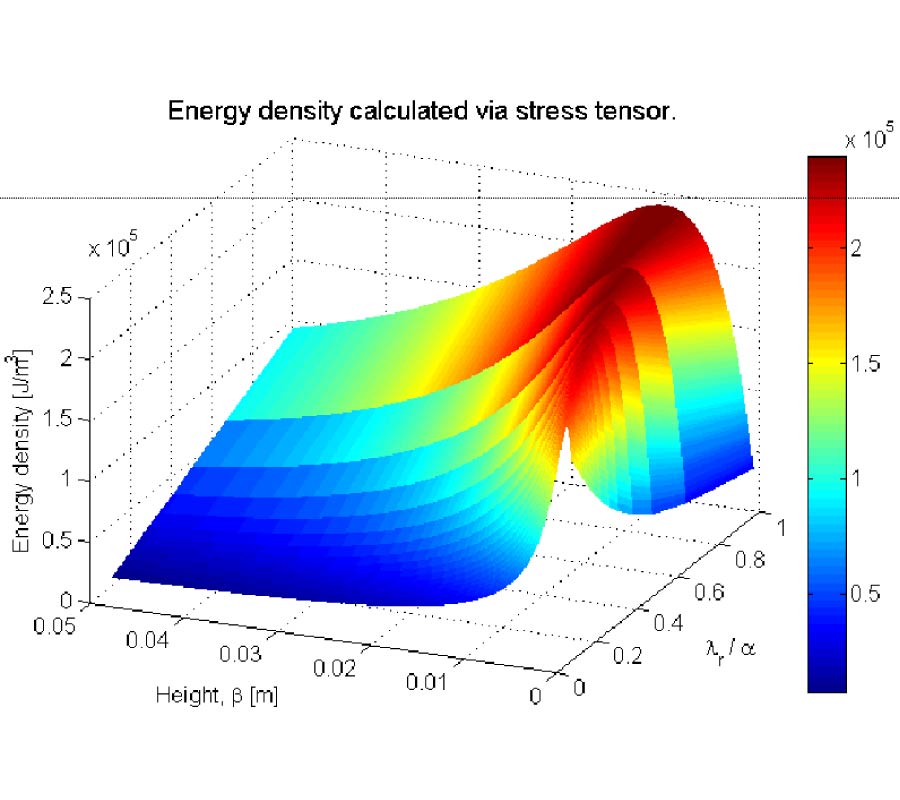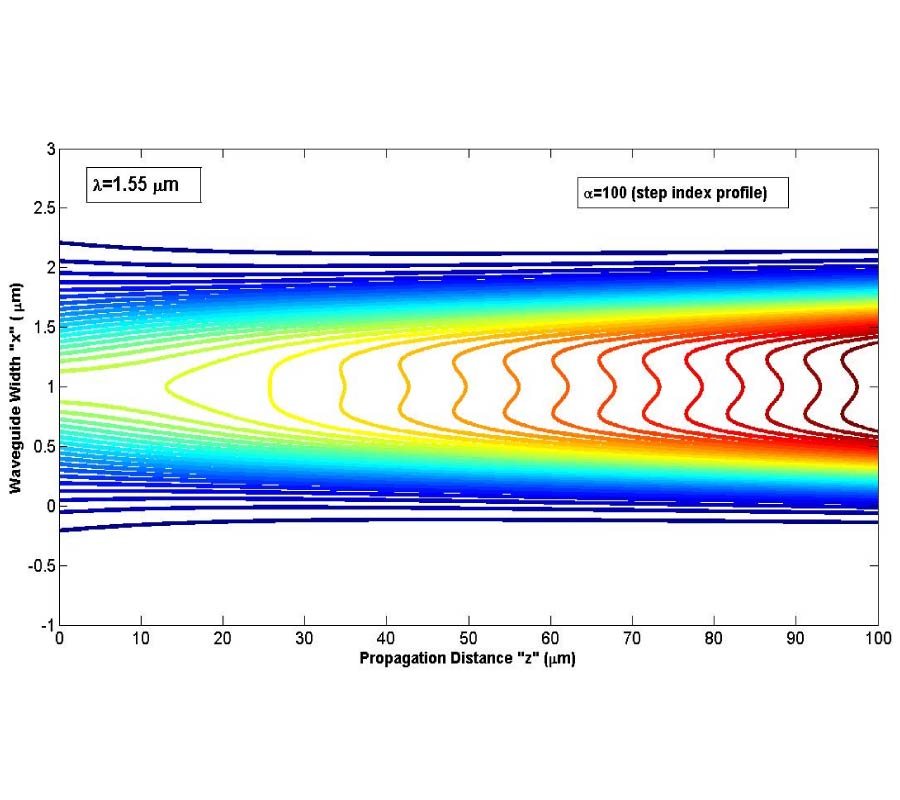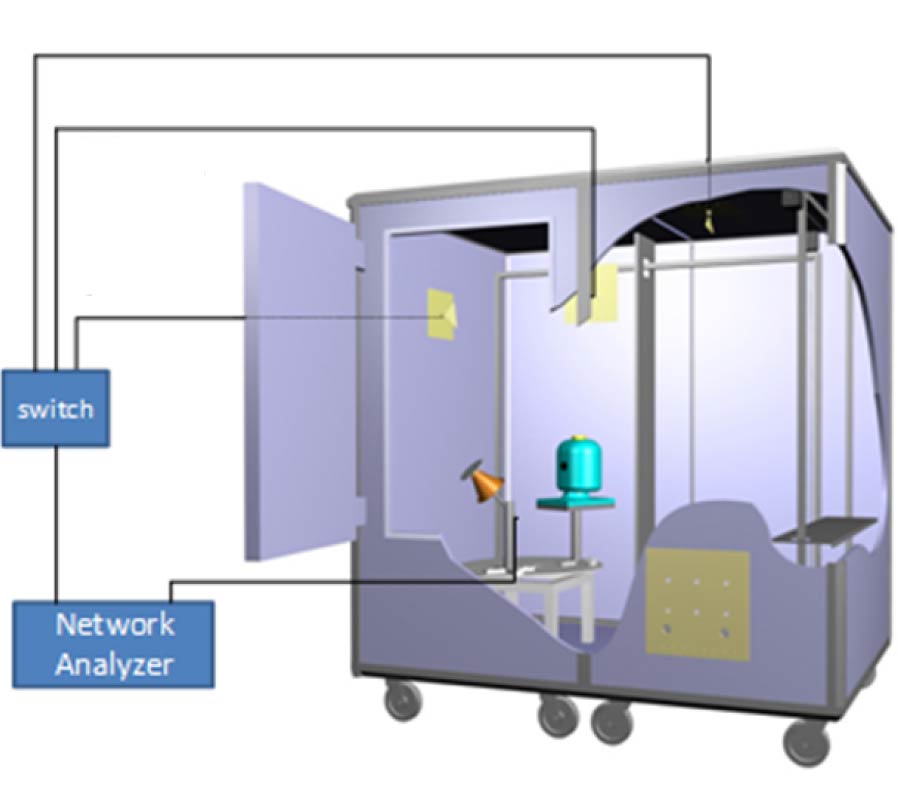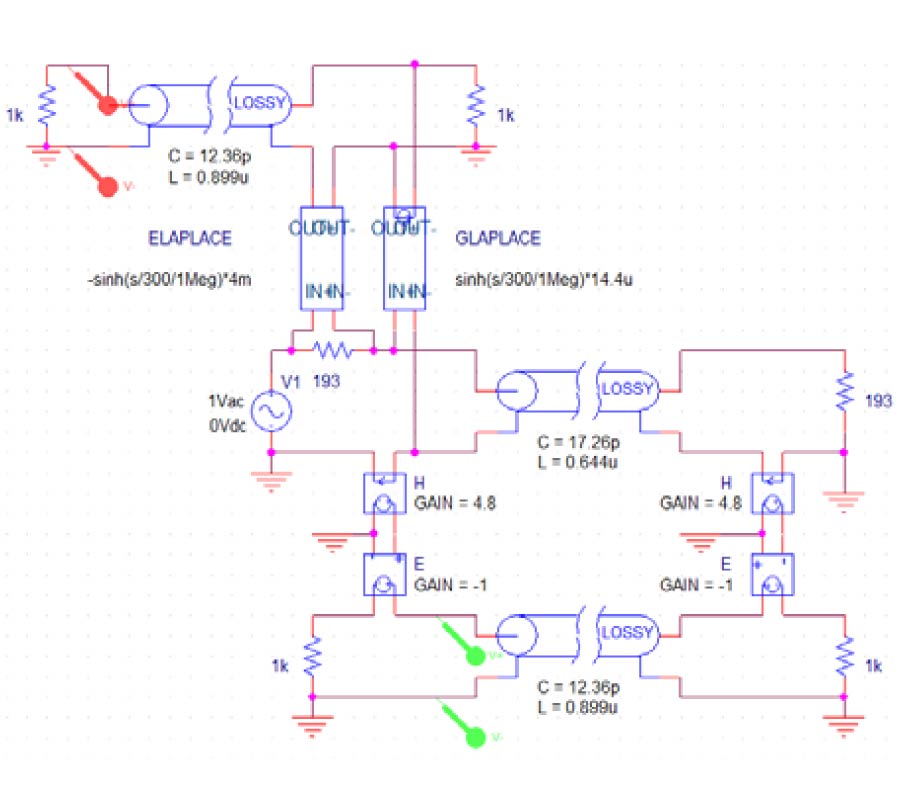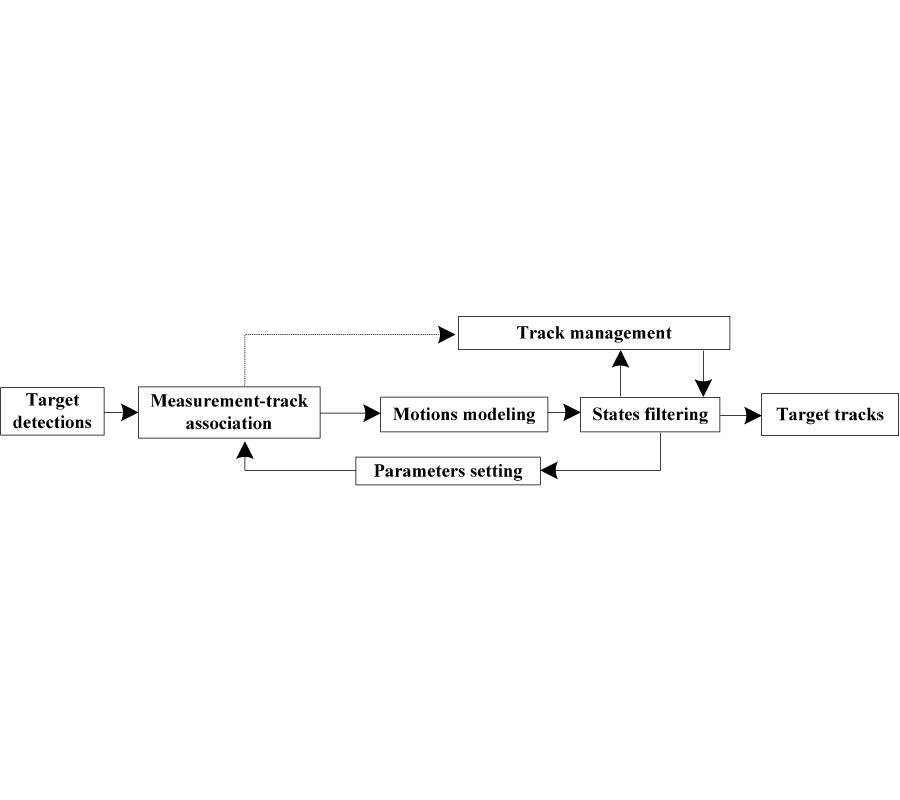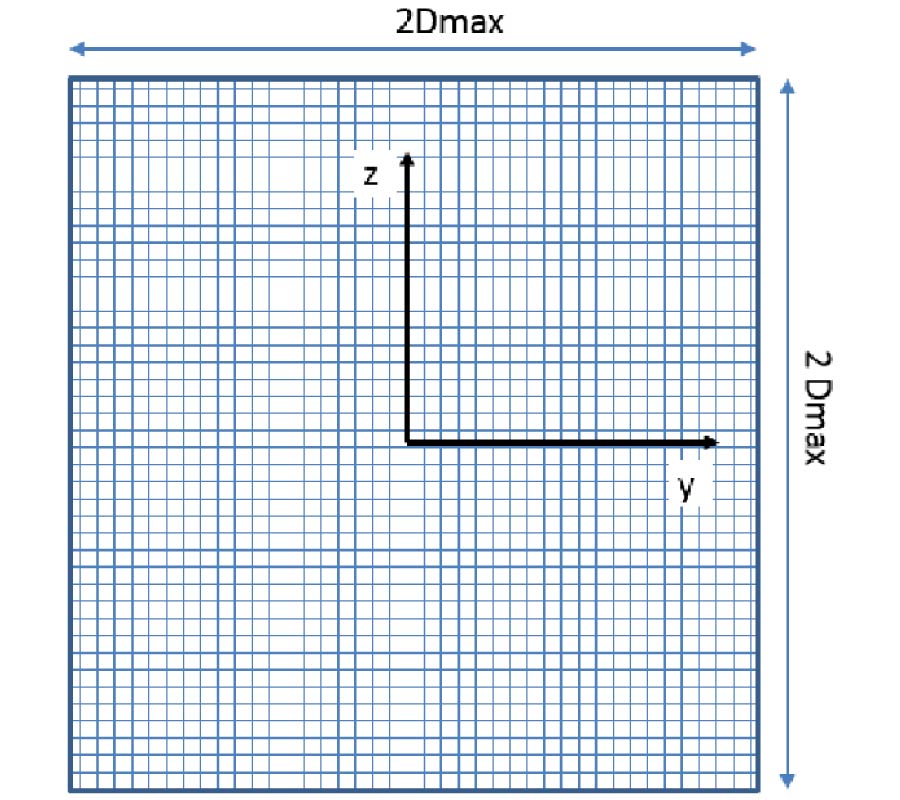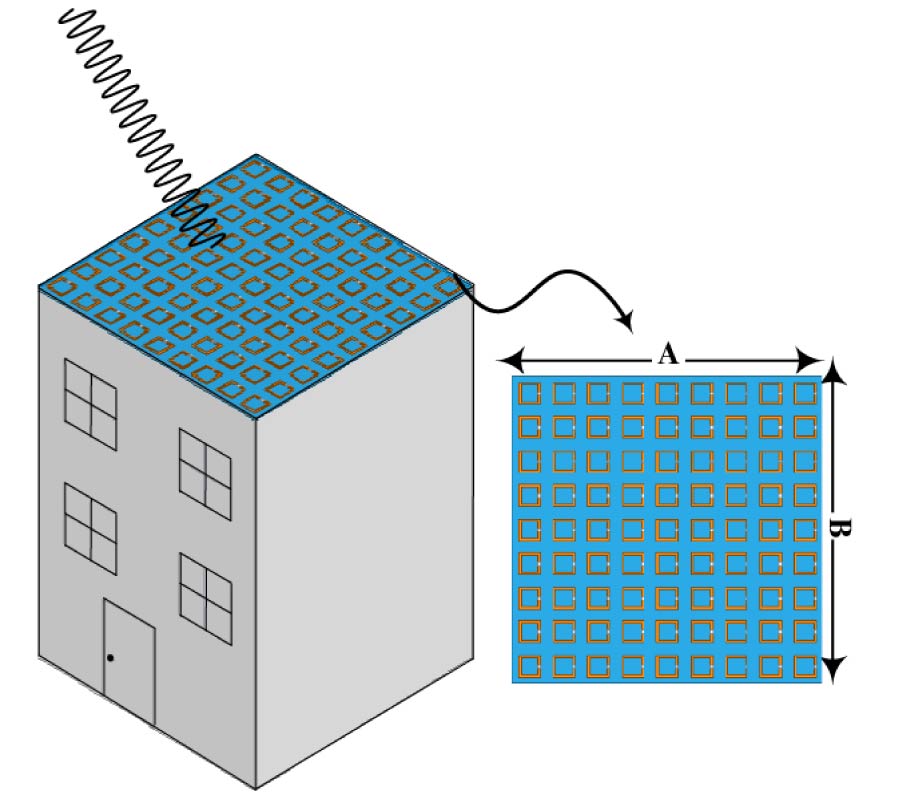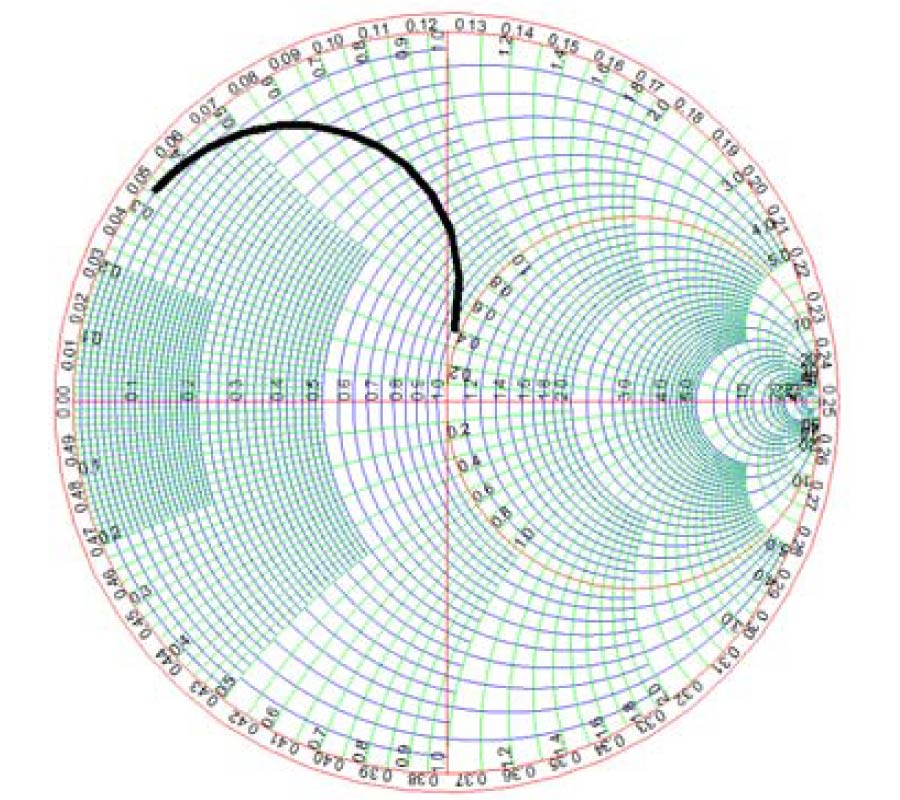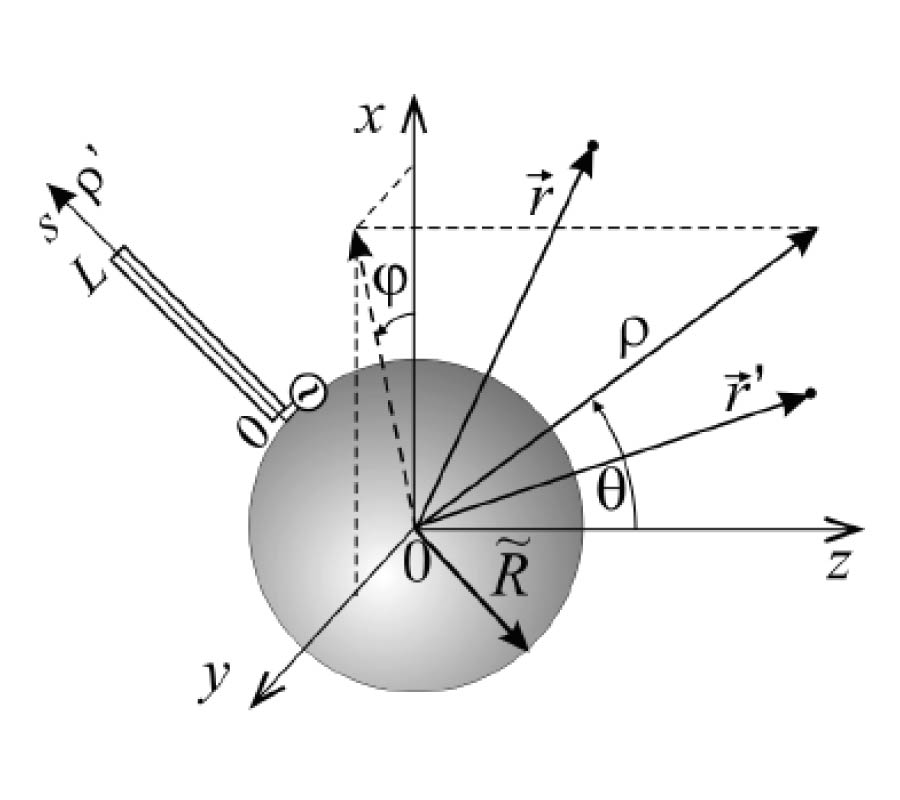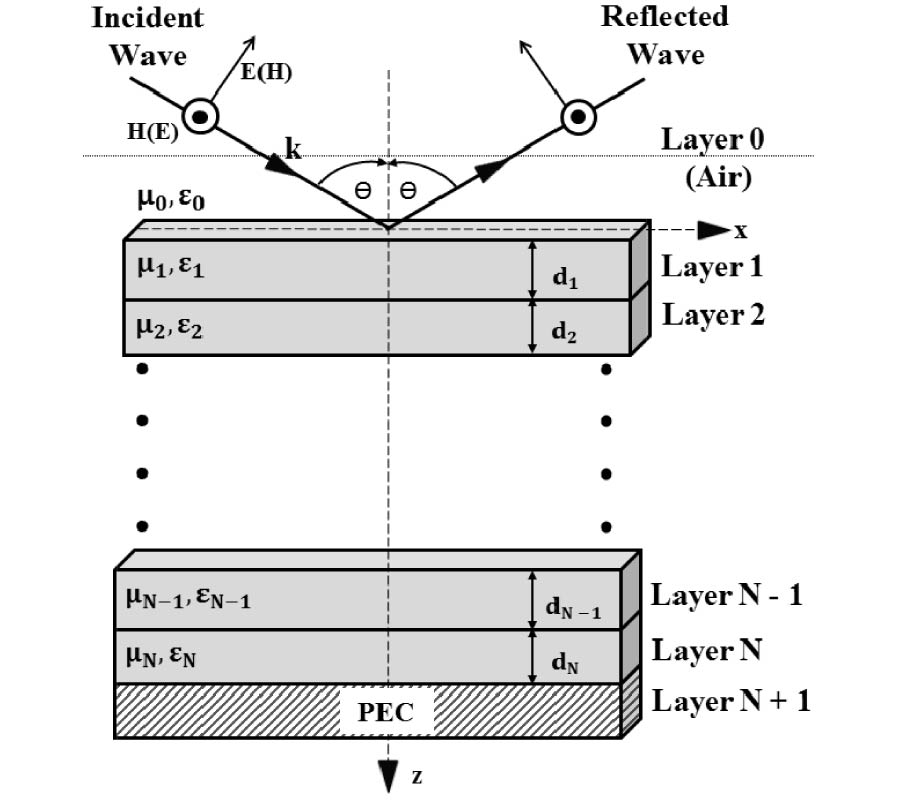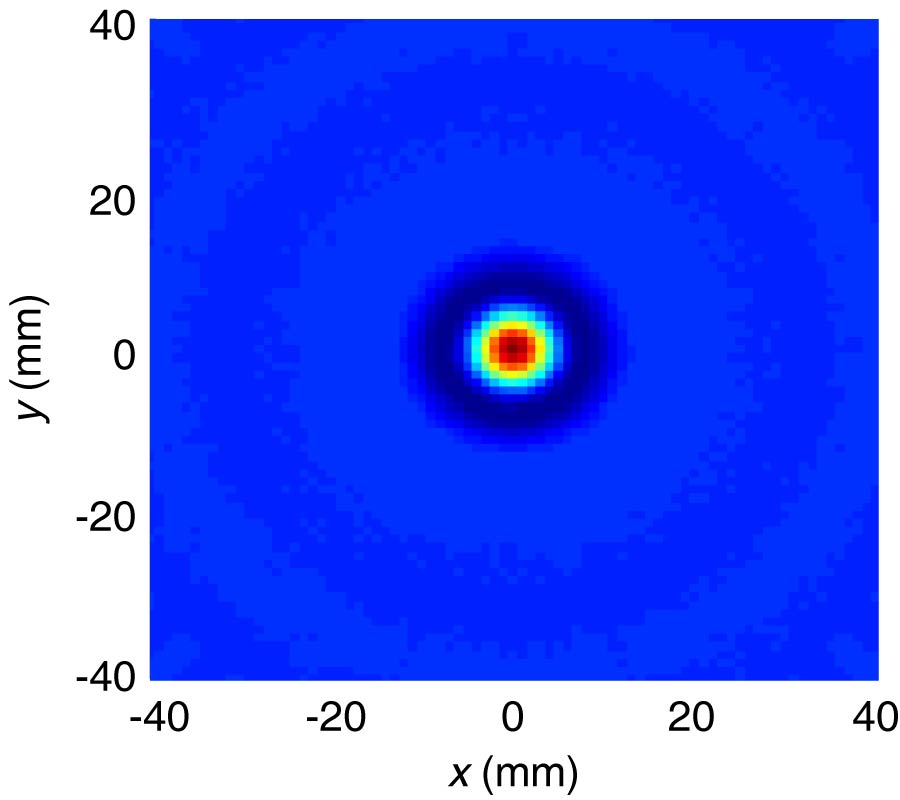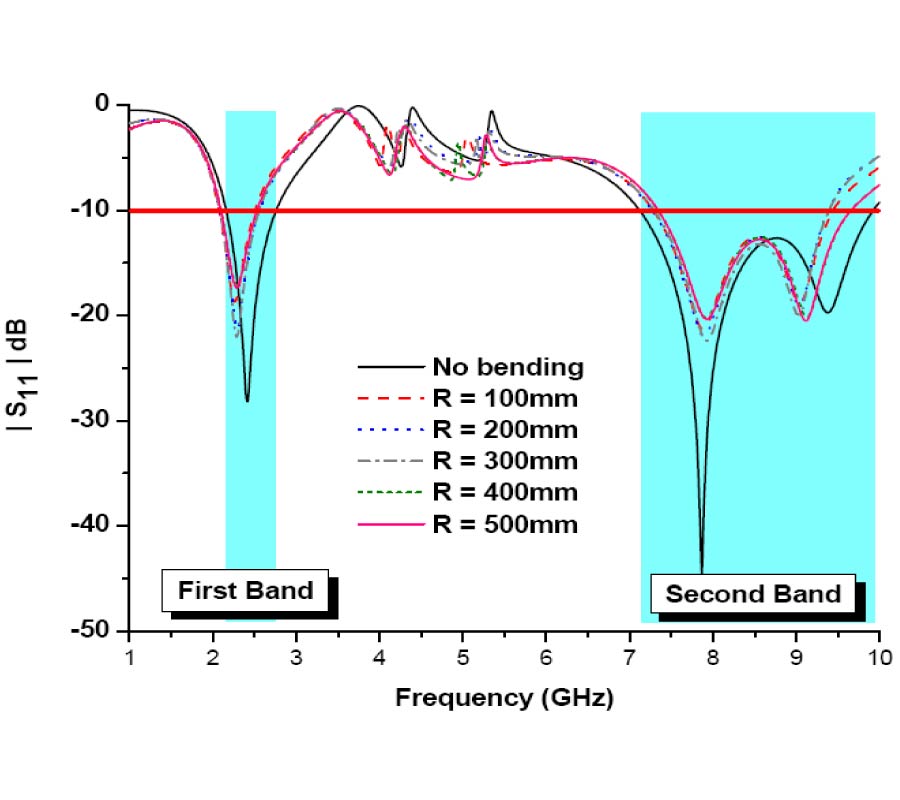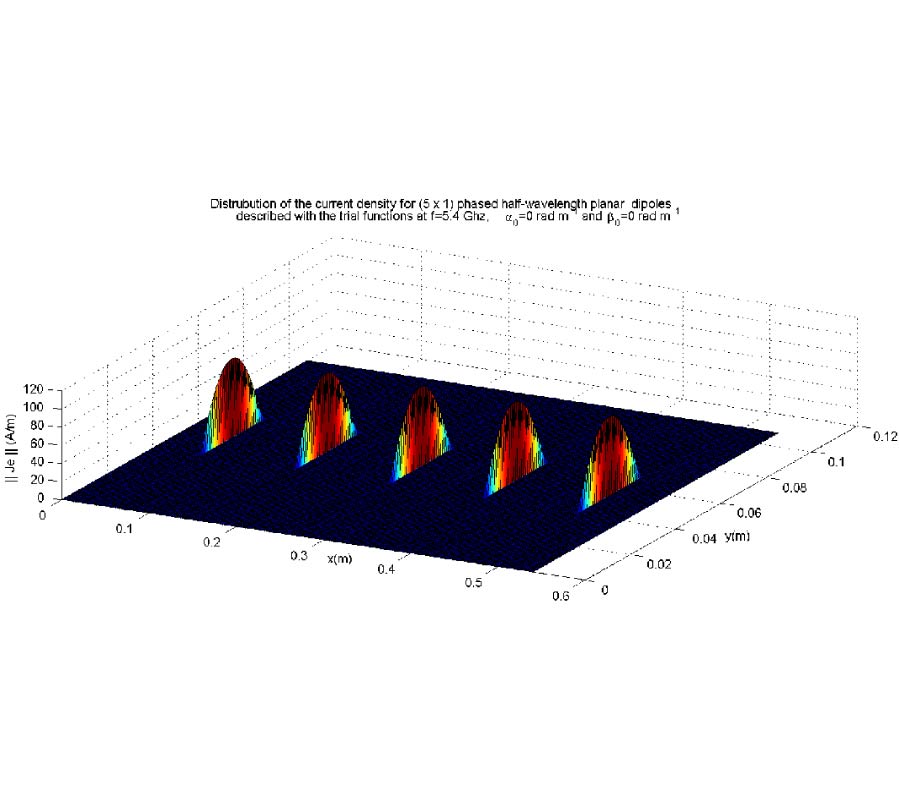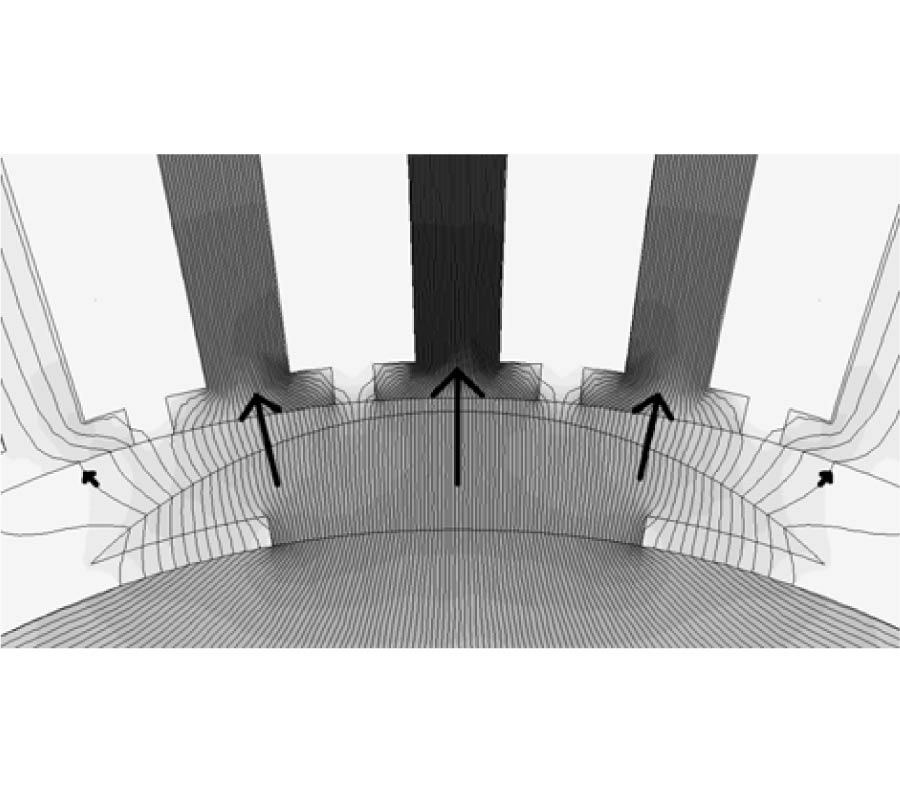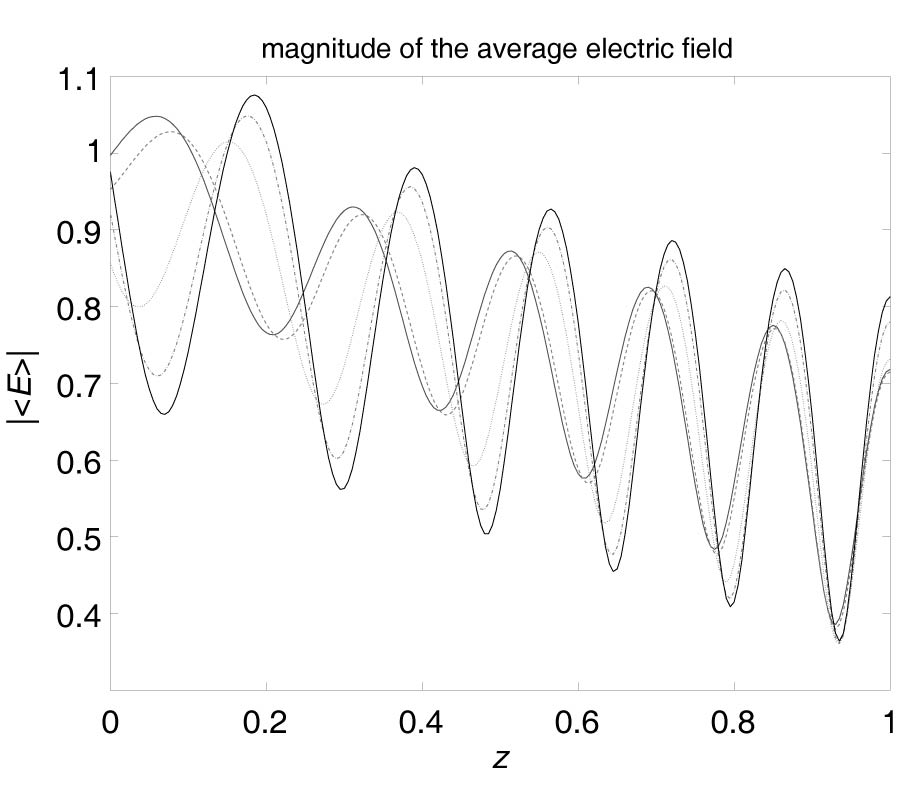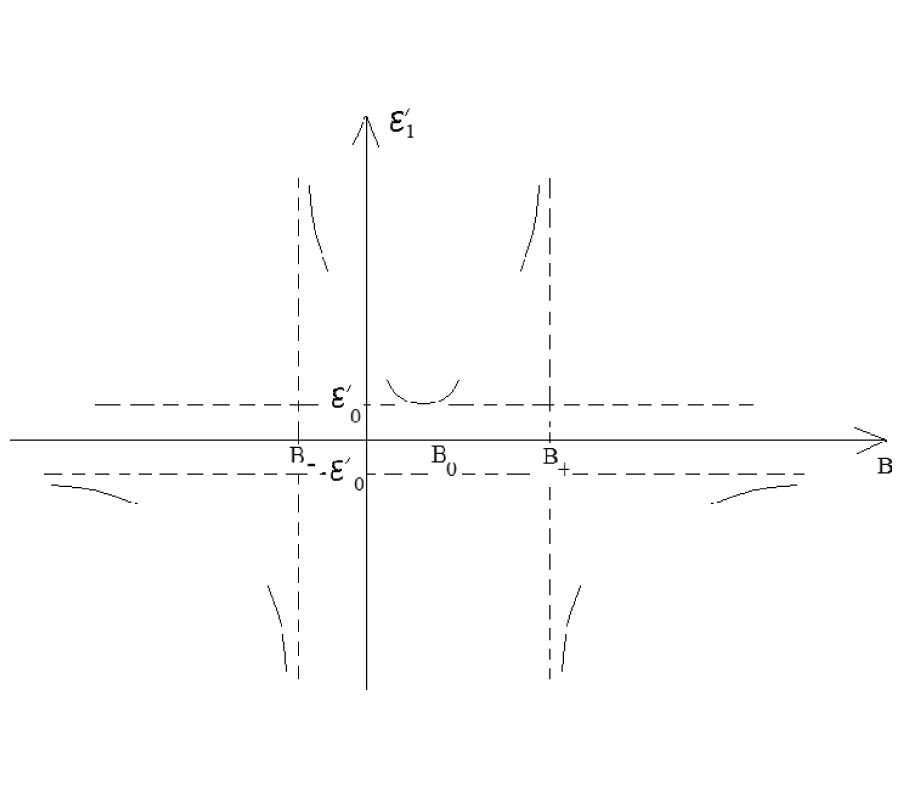A Survey of Motion-Based Multitarget Tracking Methods
Changzhen Qiu,
Zhiyong Zhang,
Huanzhang Lu and
Huiwu Luo
Multitarget tracking (MTT) in surveillance system is extremely challenging, due to uncertain data association, maneuverable target motion, dense clutter disturbance, and real-time processing requirements. A good many methods have been proposed to cope with these challenges. However, no up-to-date survey is available in the literature that can help to select suitable tracking algorithm for practical problem. This paper provides a comprehensive review of the state-of-the-art motion-based MTT techniques, classifies existing methods into two groups, i.e., the detect-before-track (DBT) scheme and the track-before-detect (TBD) scheme. The DBT scheme is employed to achieve robust and tractable tracking performance when the signal-noise-ratio (SNR) is strong. The TBD scheme is used in the scenarios of low SNR, and it aims to cumulate target energy by multiple sensor frames. Furthermore, depending on the data association mechanism, the DBT methods can be classified into two categories, data association based approaches and finite set statistics (FISST) based approaches. And the TBD methods can be classified into non-Bayesian approaches and Bayesian approaches depending on the basis theory used for tracking. For each category, this paper provides the detailed descriptions of the representative algorithms, and examines their pros and cons. Finally, new trends for future research directions are offered.
